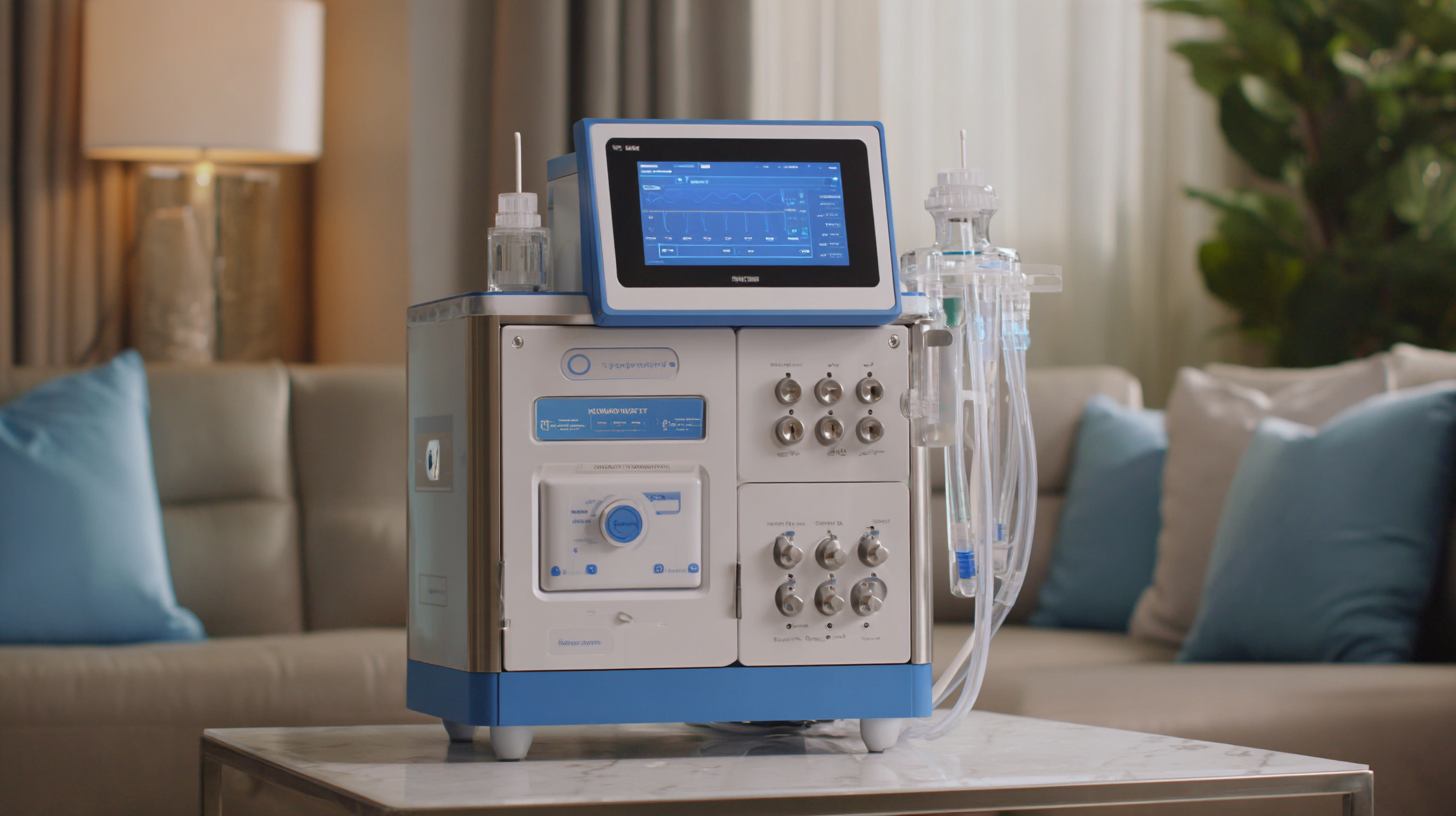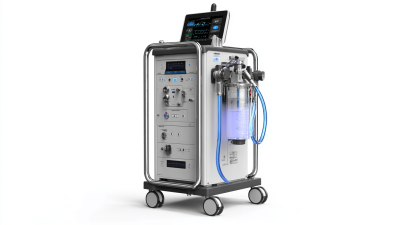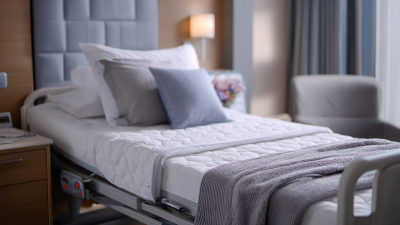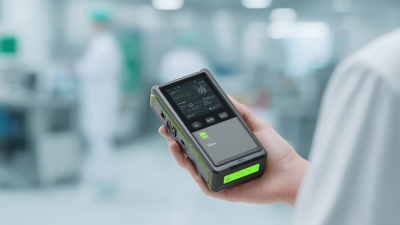In the ever-evolving landscape of healthcare, the importance of effective suction equipment cannot be overstated. According to a recent report by Market Research Future, the global medical suction devices market is projected to grow significantly, driven by an increasing demand for portable solutions in emergency and outpatient settings. A Medical Portable Suction Machine plays a critical role in ensuring timely and safe removal of fluids from patients, particularly in critical care situations. As healthcare providers face the challenge of delivering optimal patient care while managing space constraints, the right portable suction machine becomes essential.
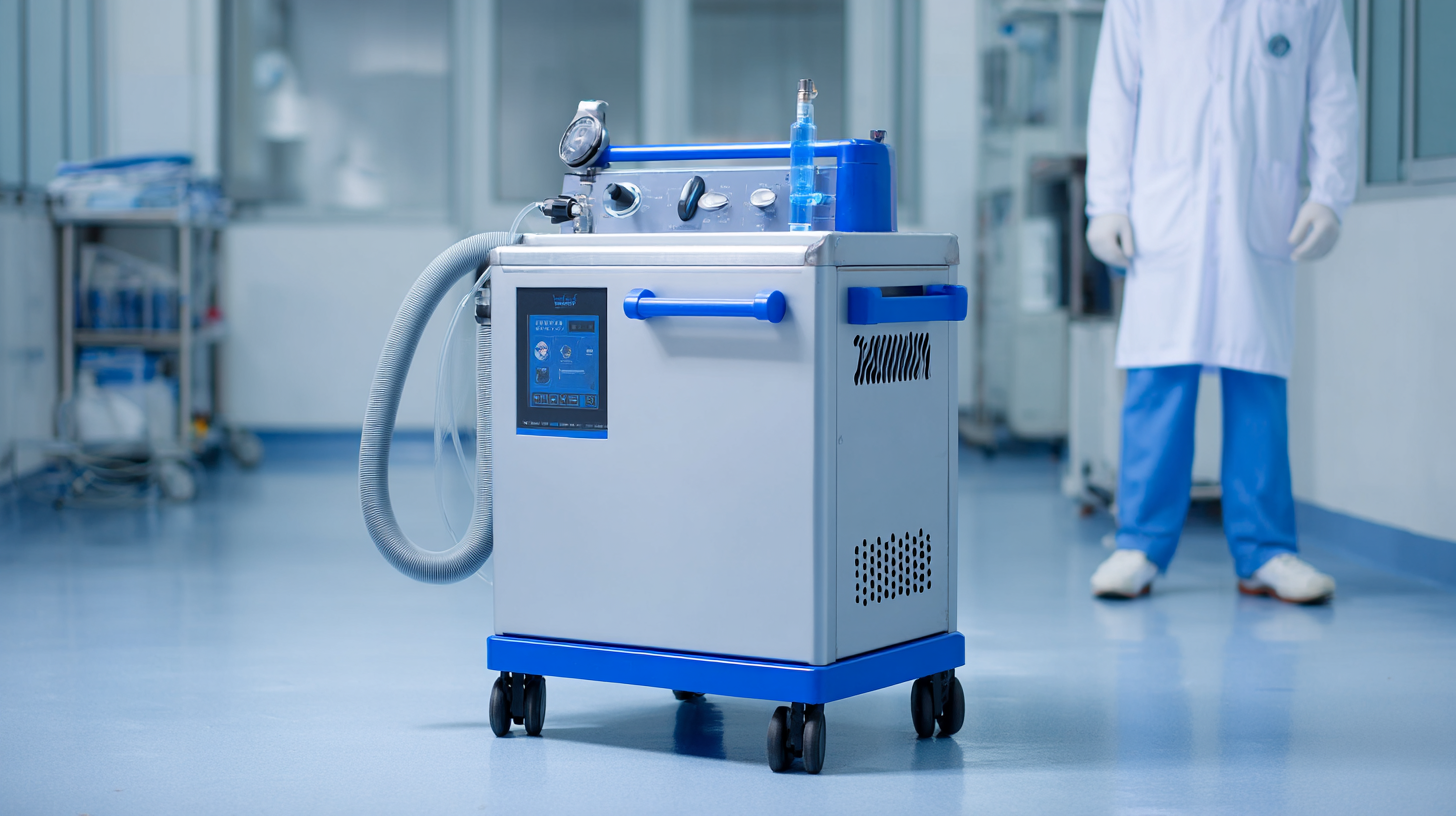
This guide aims to provide you with the essential tips and insights needed to select the best Medical Portable Suction Machine tailored to your specific needs, enhancing efficiency and improving patient outcomes in various clinical environments.
In today's healthcare landscape, the significance of portable suction machines cannot be overstated. These devices play a crucial role in various medical settings, especially in emergency situations. Their ability to efficiently clear airway secretions can drastically improve patient outcomes, particularly for those with respiratory complications. The recent emphasis on proper suctioning practices highlights the necessity for emergency medical services personnel to be well-prepared, reinforcing the importance of having reliable suction devices readily available in both emergency trolleys and home care settings.
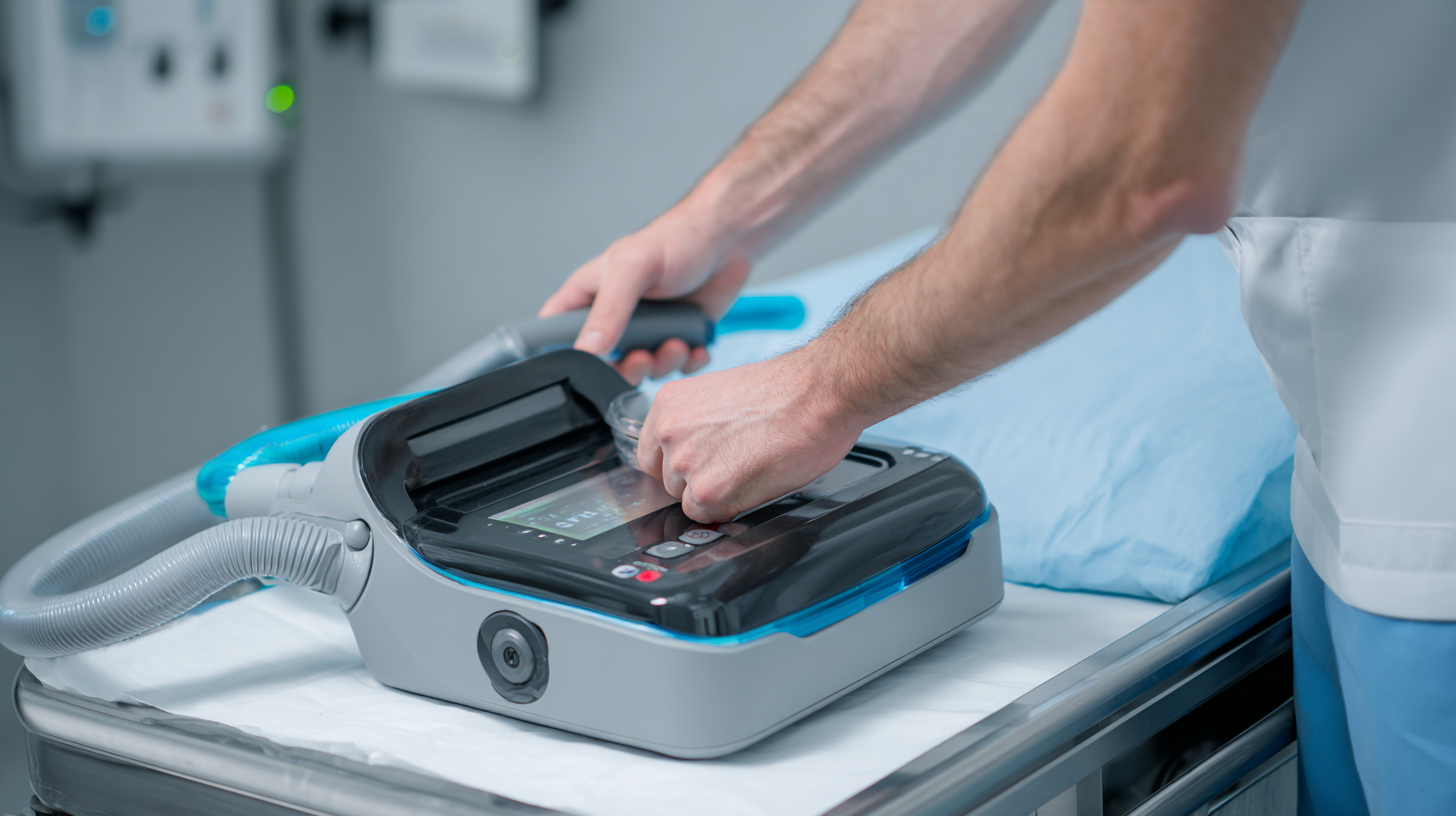
Furthermore, the ongoing production of portable suction pumps to cater to specific needs, such as those required during the COVID-19 pandemic, underscores the adaptability and relevance of these machines. By collaborating with healthcare organizations, manufacturers are not only diversifying their offerings but also meeting urgent demands within the health sector. This collaboration extends beyond just equipment provision, as it encapsulates a holistic approach to patient care, demonstrating how essential portable suction machines are in enhancing airway management and overall treatment efficacy in healthcare environments.
When selecting a portable suction machine, several key features should be prioritized to ensure it meets your specific needs. First and foremost, suction power and efficiency are critical. A good machine should offer adjustable suction settings, allowing for versatility in various medical situations, from clearing airways to managing wound drainage. Look for models that provide a consistent vacuum, meeting medical standards while being user-friendly in operation.
Another essential feature is portability. The ideal portable suction machine should be lightweight and compact, making it easy to transport and store. Battery life is equally important; machines with longer-lasting batteries will ensure that you won’t be left without power when you need it most. Additionally, consider options with rugged designs or protective cases that can withstand the rigors of frequent use in diverse settings. Finally, ease of maintenance, such as simple cleaning protocols and accessible replacement parts, can significantly impact the long-term reliability of the device.
When selecting the right medical portable suction machine, assessing your specific needs related to size and capacity is crucial. The effectiveness of a suction machine largely depends on its ability to handle the expected volume of use and the particular environments it will be used in. For instance, if the machine is intended for home care use or for elderly patients, a smaller, more portable unit may be beneficial. These compact models often come equipped with appropriate capacity levels to manage day-to-day requirements without being cumbersome.
Consider also the specifications that correlate with your specific medical context. Just as choosing the correct size for a dehumidifier is essential to mitigate humidity effectively, picking the right portable suction machine requires an understanding of the type of procedures it will support. Whether you need a device for emergency services or ongoing outpatient care, ensure that it aligns with the expected demands. By evaluating both size and functional capacity, you can make a more informed decision that enhances the quality of care provided to patients while maintaining comfort and convenience in treatment settings.
When it comes to selecting a portable suction machine, understanding the different types available on the market is essential for making an informed decision. Portable suction machines generally fall into two main categories: electric and manual. Electric models are powered by batteries or wall outlets, providing a consistent suction force ideal for medical environments where quick and efficient suctioning is critical. They typically come equipped with adjustable pressure settings, making them versatile for various medical needs.
On the other hand, manual suction machines are more lightweight and can be operated without electrical power, making them an excellent choice for emergency situations or remote locations. These devices often require hand operation, which can limit the speed and efficiency of suctioning compared to their electric counterparts. However, their portability and ease of use in non-medical settings make them valuable tools.
It's crucial to evaluate your specific needs regarding volume, pressure, and portability when choosing between these types. Each model comes with its benefits and limitations, so careful consideration can lead to better outcomes in medical emergencies or routine care.
When it comes to ensuring the optimal performance of your portable suction machine, regular maintenance is key. Start by regularly inspecting the components of the device, including the suction canister and tubing. Make sure to clean these parts thoroughly after each use to prevent any residue buildup that could impair functionality. Employ a mild detergent and disinfectant suitable for medical equipment to eliminate any bacteria or contaminants. This simple yet effective step helps maintain hygiene and prolongs the lifespan of your device.
In addition to cleaning, it's vital to check the machine's suction pressure regularly. This can be done by using a manometer to ensure that it meets the manufacturer’s specified levels. If you notice any discrepancies, it may indicate that the filters need replacing or that there may be an obstruction in the system. Furthermore, always keep an eye on the power source and battery life to avoid unexpected shutdowns during use. Adopting these maintenance tips not only enhances the performance of your suction machine but also ensures patient safety and care efficiency.
